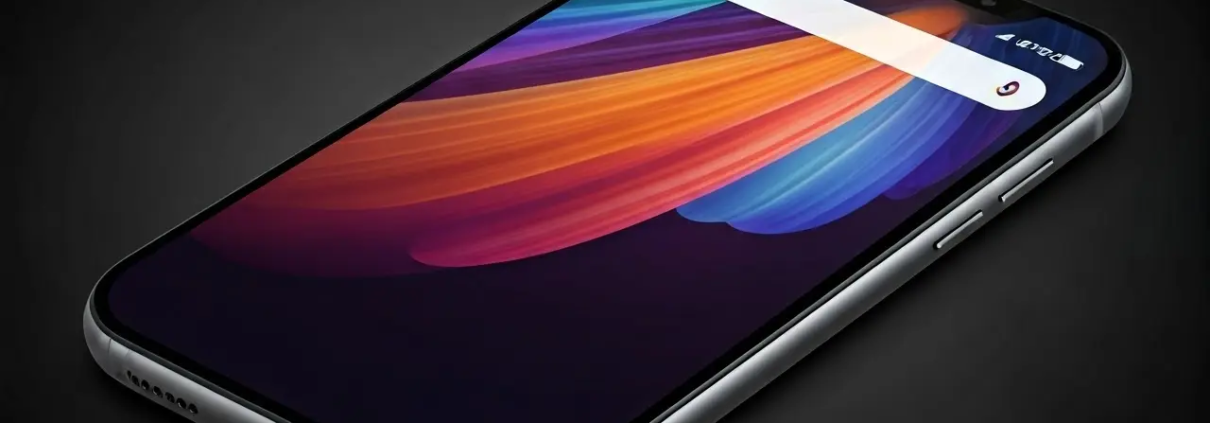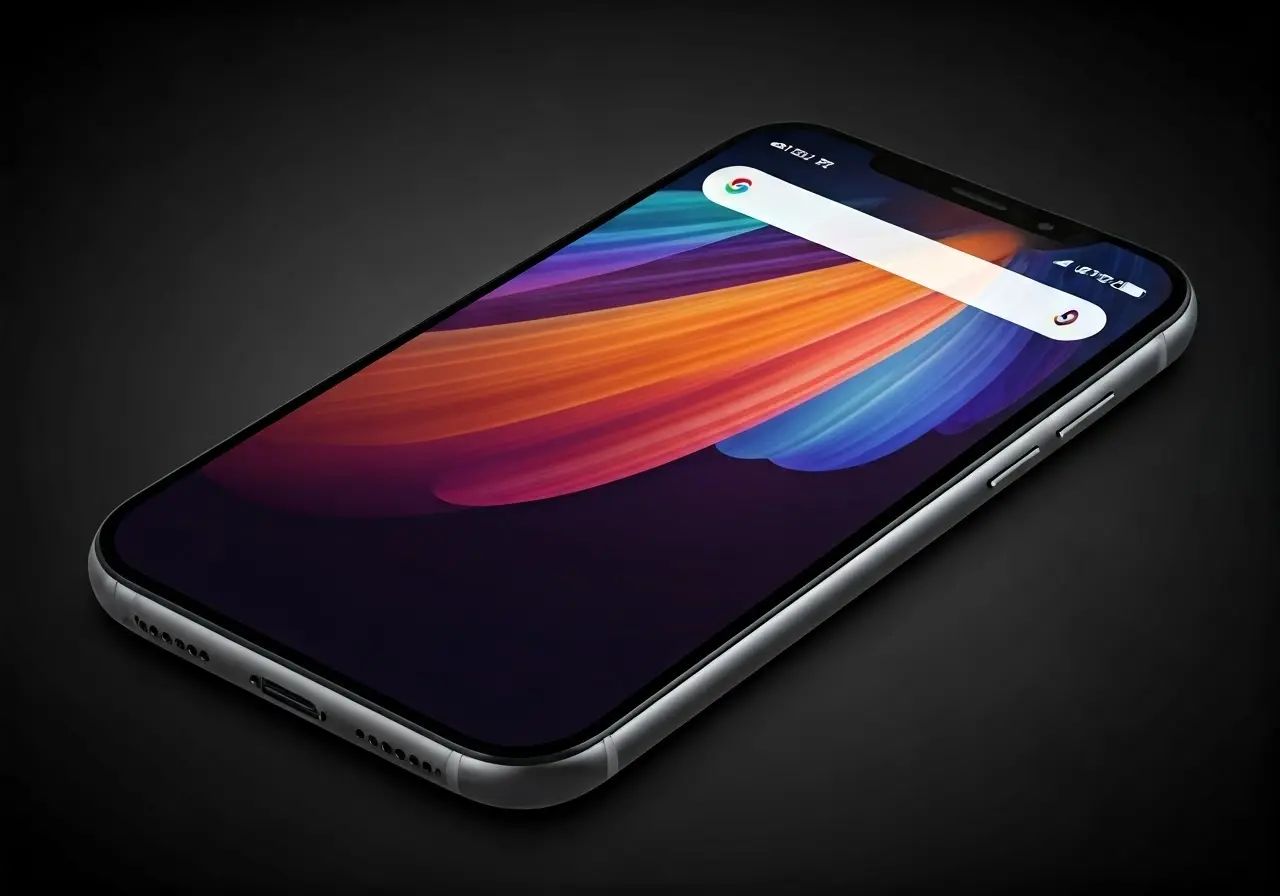How Mobile App Design Impacts User Experience
In today’s digital world, mobile apps are a pivotal part of our daily routines. Whether we’re checking the weather, booking travel, or connecting with friends, the design of these apps affects how efficiently and enjoyably we interact with them. In this blog, we’ll explore how thoughtful mobile app design significantly enhances user experience, making life a bit smoother and more pleasant.
Understanding User-Centric Design
User-centric design is at the heart of a successful mobile app. By focusing on the user’s needs, preferences, and challenges, developers can create apps that are not only functional but delightful to use. This concept revolves around putting the user at the forefront of the design process, ensuring that the app meets their needs and expectations without compromising on aesthetic appeal or performance. To achieve this, developers often turn to various methodologies like user personas, detailed feedback loops, and iterative design processes. User personas, which are fictional characters that represent a core segment of users, help designers empathize with and understand user pain points. Mobile apps should be clear and smooth to be effectively used anywhere and anytime.
Furthermore, the importance of good UX practices cannot be overstated. They are integral to understanding how users interact with apps and what makes an enjoyable experience. For example, user feedback through reviews and usage data provides invaluable insights into how well the app is performing in terms of usability and satisfaction. By continuously refining their design based on this feedback, developers ensure that the app remains relevant and user-friendly. These approaches not only enhance overall user satisfaction but also increase user retention by addressing pain points identified through user feedback loops.
The Role of Intuitive Navigation
Navigation is a critical component of mobile app design. When users can easily find what they’re looking for, their experience becomes seamless. Here, we discuss the importance of clear navigation paths and how they contribute to user satisfaction. An app’s navigation should be intuitive at its core, guiding users naturally from one section to the next without overwhelming them with complex menu structures. For instance, straightforward navigation systems, such as bottom tab bars or hamburger menus, allow users to know exactly where they are within the app at all times. These systems must be elegantly simple, comprising of clear, concise labels and minimal layers. A clear sign of professional design work is that usage is effortless and smooth.
Moreover, effective navigation includes the implementation of a robust search function. This tool empowers users by allowing them to quickly pinpoint specific content within the app. Additionally, employing breadcrumb trails can help users trace their steps, offering a way to navigate back through a complex path without losing track of their original route. Dynamic navigation elements that respond to user input, like collapsible sections and dropdowns, also enhance the app’s adaptability, thus improving usability. Such features have become almost essential in today’s mobile apps, reinforcing why intuitive navigation remains a cornerstone of positive User Experience (UX).
Importance of Visual Appeal
Aesthetics play a significant role in user engagement. An attractive design not only captures attention but also enhances usability. This part explores how color schemes, typography, and imagery can create a compelling visual experience. Visual elements serve multiple purposes: they attract users initially, provide clarity through well-defined contrasts, and imbue a sense of brand identity that fosters a feeling of connection. Bright and appealing color palettes can draw users in, while carefully selected typography enhances readability and conveys the appropriate tone and feel. Likewise, imagery, when used thoughtfully, supports textual content, helping to communicate messages more efficiently and effectively.
Additionally, visual design must complement the overall functionality of the app. This is achieved through consistency and coherence across all visual elements, ensuring that icons, buttons, and navigation elements are uniform throughout. The harmonious integration of these elements helps streamline the user’s perception of the app, leading to a more immersive and uninterrupted interaction. Moreover, focusing on visual appeal helps in differentiating the app from its competitors, creating a lasting impression that can inspire word-of-mouth recommendations and ultimately drive more downloads.
Prioritizing Usability and Accessibility
Usability and accessibility are essential in making apps usable for all users. Designing with inclusivity in mind ensures that everyone, regardless of ability, can enjoy the app. This section examines the impact of accessibility features and usable design. Accessibility and inclusivity are of utmost importance in mobile app design. It is crucial to prioritize these aspects to create an inclusive experience that caters to everyone’s needs. Mobile apps should cater to a diverse user base, including those with disabilities. This involves providing features like adjustable font sizes, color contrast adjustments, and screen reader compatibility.
Further, usability speaks to how easily a user can interact with an app to achieve their goals. This not only covers the initial learning curve of first-time users but extends to the long-term utility for regular users. High usability is derived from simplicity and logical flow in design, which reduces frustration and enhances satisfaction. Developers must ensure that interactive elements like buttons are not only visible but also easily reachable and large enough to be tapped accurately. By prioritizing usability throughout the design process, developers can accommodate delayed comprehension and potential accessibility barriers, making the app enjoyable for a broader audience.
Regular user testing and feedback are crucial in refining accessibility features, allowing for continuous adjustments and improvements based on genuine user interactions. By engaging users with varied needs throughout testing, developers can pinpoint accessibility pain points and implement targeted solutions. This approach not only ensures compliance with accessibility guidelines but also enhances the overall user experience for all audiences. Ultimately, prioritizing usability and accessibility in app design is not just about achieving functional design goals but fostering a user-friendly and inclusive digital space for everyone.
Adapting to Evolving Design Trends
Staying current with design trends keeps the app relevant and engaging. We look at how embracing modern design approaches can enhance the user experience and keep users coming back. In today’s fast-evolving tech landscape, it is crucial for developers to remain flexible and adaptive, learning from successful mobile apps. Such apps often leverage the latest trends in minimalist design, incorporating bold yet simple aesthetics that remove unnecessary clutter and focus on the core functionalities.
Another trend is the adoption of immersive technologies, such as augmented reality (AR) and virtual reality (VR), which are gradually being integrated to create interactive experiences that captivate users. Additionally, as environmental awareness grows, apps that incorporate sustainable design practices tend to resonate more with users. Dark mode, for instance, not only offers a visually appealing alternative but also conserves battery life and reduces eye strain, showcasing how design trends can align with practical benefits.
Moreover, integrating social features, like easy sharing options and community engagement tools, aligns apps with current social media trends, increasing their appeal and user retention. By staying abreast of trends and adopting those that complement their audience’s needs, developers can maintain an edge over competitors and ensure their app continues to delight and serve users effectively. With each new trend comes an opportunity to enhance the usability, appeal, and functionality of the app, ensuring its continued success in a dynamic market.
Bringing It All Together: The Path to Exceptional Mobile Experiences
Mobile app design is more than just aesthetics; it’s about creating an intuitive and seamless user journey. From understanding user needs to prioritizing accessibility and adapting design trends, every element contributes to a smooth user experience. As technology continues to evolve, prioritizing user-centric design principles will ensure that apps not only meet but exceed user expectations, leading to greater satisfaction and loyalty.






Leave a Reply
Want to join the discussion?Feel free to contribute!